Did you know that about 2 million Americans use guns each year to protect themselves and their families? This shows how important the Second Amendment is to many people in the United States. It was added to the Bill of Rights on December 15, 1791. The text says, “A well regulated Militia, being necessary to the security of a free State, the right of the people to keep and bear Arms, shall not be infringed.”
This amendment not only protects gun rights but also sparks debates about the right to bear arms and firearms laws. It’s more than just a law; it’s a symbol of freedom and self-defense. It reflects the wishes of early states for strong protection of this right.
New Hampshire wanted Congress to never disarm any Citizen unless in Actual Rebellion. Virginia also stressed the need for a well-regulated Militia to protect their freedoms. These early voices helped shape the US Constitution, showing how the Second Amendment is linked to other rights.
As we talk more about what the Second Amendment means, it’s key to know its history and purpose. This helps us understand and protect individual freedoms and the right to bear arms. So, let’s dive into the five main reasons the Second Amendment was created.
Key Takeaways
- The Second Amendment was ratified as part of the Bill of Rights on December 15, 1791.
- About 2 million Americans rely on firearms for self-defense annually.
- The amendment emphasizes the importance of militias in protecting a free state.
- Early state demands for a right to bear arms influenced the amendment’s formulation.
- The Second Amendment is a crucial element in ongoing debates about gun rights and laws.
- Understanding its context aids in comprehending individual freedoms today.
Understanding the Second Amendment
The Second Amendment was ratified on December 15, 1791. It is a key part of individual freedoms in the United States. Many see it as more than just for militias; it protects personal rights.
Experts have long debated its meaning. They say it lets people keep guns for their own safety. This view changed after the 2008 case, District of Columbia v. Heller. It ruled that people have the right to defend themselves at home with guns.
To really get the Second Amendment, we need to look at its history. It was influenced by the English Bill of Rights in 1689. This allowed Protestants to have guns for protection. This shows how important it is for regular people to own weapons.
Over time, debates about gun rights have grown. This has happened a lot in the 20th and early 21st centuries.
Understanding the Second Amendment is complex. It involves both personal freedoms and government rules. Supreme Court cases, like McDonald v. City of Chicago in 2010, have helped protect these rights. These decisions show how society keeps talking about the right to bear arms.
The Historical Context of the Second Amendment
The Second Amendment’s roots go back to early English law. The English Bill of Rights of 1689 gave people the right to arms for defense. This was key for later American views on gun rights.
The American colonists were known for being well-armed. This was during the colonial period.
As the American Revolution neared, ideas of self-defense and fighting against bad government grew. The Virginia Declaration of Rights shared these views. Legal scholars like William Blackstone also believed in the right to bear arms as a defense against life, liberty, and property threats.
The Founding Fathers worried about state and federal power balance. Their fears of tyranny led to the Second Amendment in the US Constitution. It was adopted in 1791 as part of the Bill of Rights.
After its adoption, there was a growing understanding of individual rights. There was also a structured militia to keep the state free.
Today, the Second Amendment’s history affects legal debates. Cases like Heller in 2008 showed self-defense is key. Other rulings keep the conversation going about gun rights and the Constitution. For more on this, read about individual freedoms and the Second Amendment here.
The Right to Bear Arms as a Defense Mechanism
The Second Amendment is closely linked to self-defense. It says we have the right to bear arms for our safety and to protect our property. The rise of organized crime in the Great Depression showed how important it is to defend ourselves.
Events like the O’Malley gang’s double heist highlighted the dangers people faced. This made it clear that we must take care of our own safety.
Supreme Court decisions have made it clear that owning guns is a personal right, not just for the militia. The District of Columbia v. Heller case said owning a gun for self-defense is okay. This ruling helped show that the right to bear arms is for everyone’s safety, not just for groups.
Legal views on guns have changed over time. Cases like United States v. Emerson have confirmed that all citizens have the right to bear arms. This shows that the Second Amendment is about protecting our families and communities.
There’s always a debate about self-defense and gun rights. But, looking back at history, we see why having the right to bear arms is so important. For more on this, check out why protecting this right matters.
The Role of Militias in the Formation of the Second Amendment
The term “militia” in the second amendment shows the framers’ plan for citizen soldiers. They were meant to defend against threats from outside and inside. Early American militias were made up of regular people ready to protect their communities.
The Constitutional Convention was key. It was a compromise that recognized militias’ role in protecting states from the federal government.
Federal law divides the citizenry into “organized” and “unorganized” militias. The National Guard is part of the organized militia. The unorganized militia includes able-bodied males aged 17 to 45. Each state defines these groups differently.
Richard Henry Lee believed in the importance of both militias. He warned against relying only on the organized militia without training the unorganized one.
The role of militias changed over time. Alexander Hamilton believed that “the people at large” should be able to arm themselves. He thought a well-equipped citizenry was as important as a professional corps.
In 2008, the Supreme Court made a landmark ruling on gun ownership rights. It broadened the understanding of personal freedoms related to firearms. Today, discussions about the second amendment and militias continue to evolve.
For a deeper look into this history, readers can explore the exploration of the Second Amendment

Opposition to Federal Authority and the Second Amendment
The framers of the Second Amendment wanted to stop a strong federal government. They feared it could lead to tyranny. The Anti-Federalists said that without local militias, people would lose their freedom.
They believed that the right to bear arms was key to fighting against government control. This idea is still important today.
During the ratification process, Federalists and Anti-Federalists talked a lot. They made sure that individual rights were protected. The Second Amendment became a shield against government overreach.
This amendment shows the importance of defending oneself against a powerful government. It reminds us of the need to protect our freedom from the federal government. Learning about militias helps us understand why the right to bear arms is so crucial in America.
The Influence of English Law on the Second Amendment
The Second Amendment’s roots are deeply connected to the English Bill of Rights of 1689. This key document stated the right to bear arms, allowing citizens to defend themselves and stand up for their rights. The second amendment origins trace back to this legal foundation, shaping American legal views.
Legal scholars like Sir William Blackstone believed an armed citizenry was essential. They saw it as a way to protect personal and civic freedoms. This idea helped shape the belief in owning guns for self-defense and against tyranny. The 
The English roots of the Second Amendment show a strong focus on individual rights. This contrasts with different views on the matter throughout history. The debate over personal rights versus civic duty continues, fueled by England’s history of political turmoil. The Amendment aims to balance gun ownership among individuals, states, and the federal government, addressing issues of power and control.
Landmark Supreme Court Cases Influencing Second Amendment Rights
Recent Supreme Court cases have greatly influenced the Second Amendment. The Heller decision in 2008 and McDonald v. City of Chicago in 2010 are key. Heller confirmed the right to own handguns for self-defense at home. McDonald then showed that this right also applies to state and local laws.
These cases have started important discussions about Second Amendment rights. The Supreme Court has said that while this right is important, it’s not without limits. For example, laws that keep guns away from dangerous people are often seen as okay.
Later, Caetano v. Massachusetts in 2016 expanded protections to all types of bearable arms. This shows how the Supreme Court’s views on gun rights are evolving. As the U.S. deals with gun violence, these cases are crucial in the debate over gun safety.
Individual Freedoms and the Second Amendment
The Second Amendment is key in the debate on individual freedoms and personal liberty in the U.S. It not only guarantees the right to own guns but also links personal safety to freedom. It acts as a shield against government control, letting people defend themselves and keep their rights.
Supreme Court cases like District of Columbia v. Heller and McDonald v. City of Chicago have shaped our understanding of the Second Amendment. These decisions have made it clear that individual rights to own guns are protected. They have made the Second Amendment a cornerstone at both federal and state levels.
Support for the Second Amendment comes from the belief that owning guns is crucial for a free society. Every legal battle and victory strengthens this right, making it a cornerstone of personal freedom. It lets people keep their autonomy and safety. The ongoing recognition of this right shows that the power to defend oneself is essential for protecting individual freedoms.
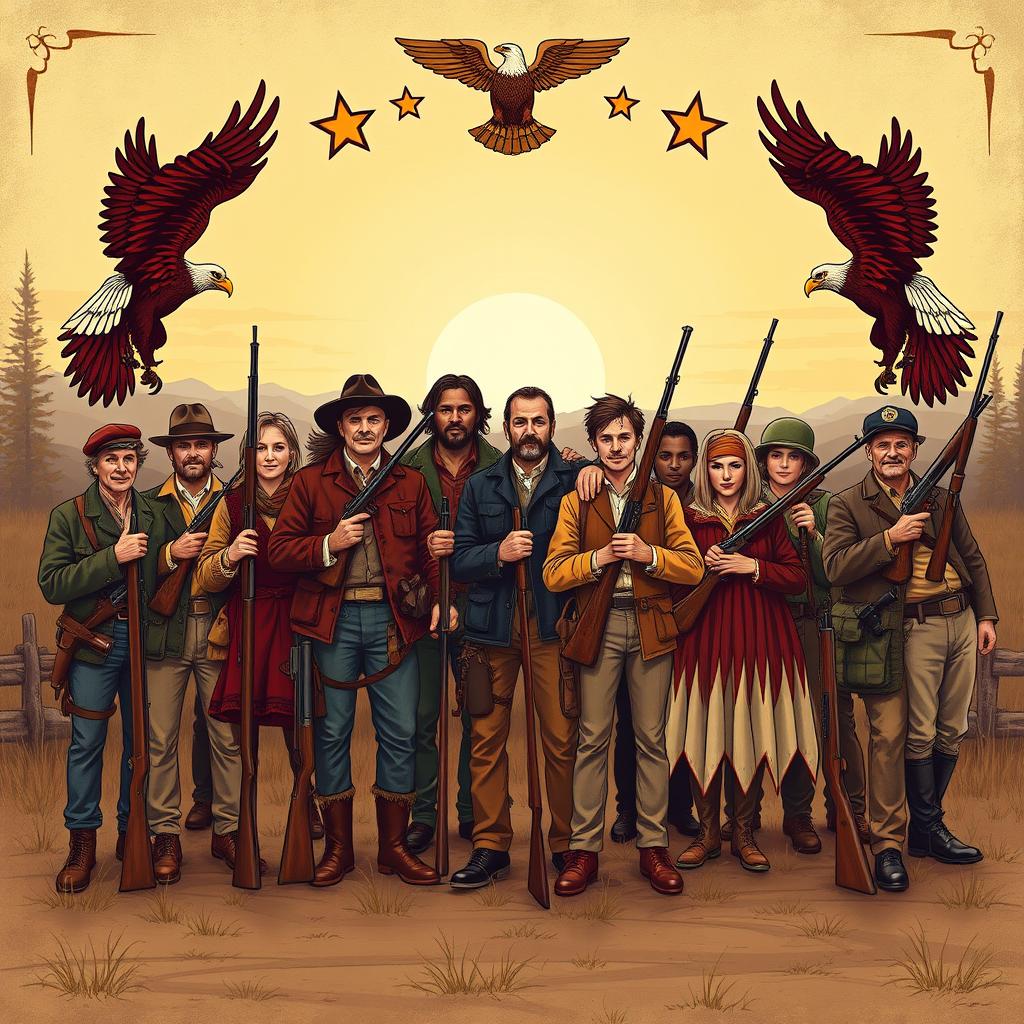
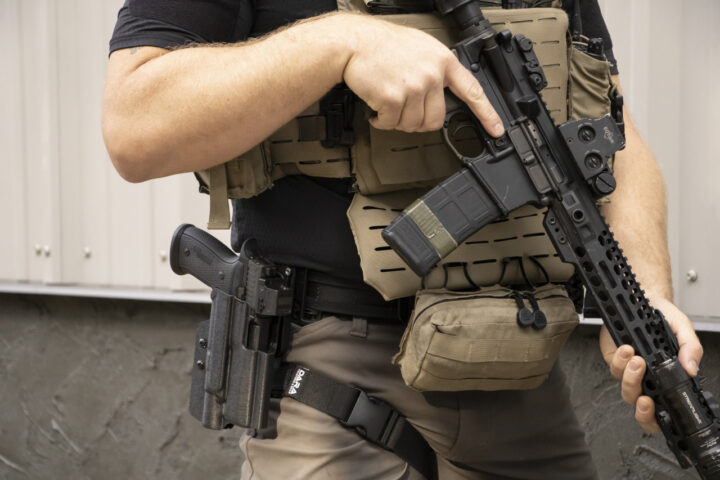
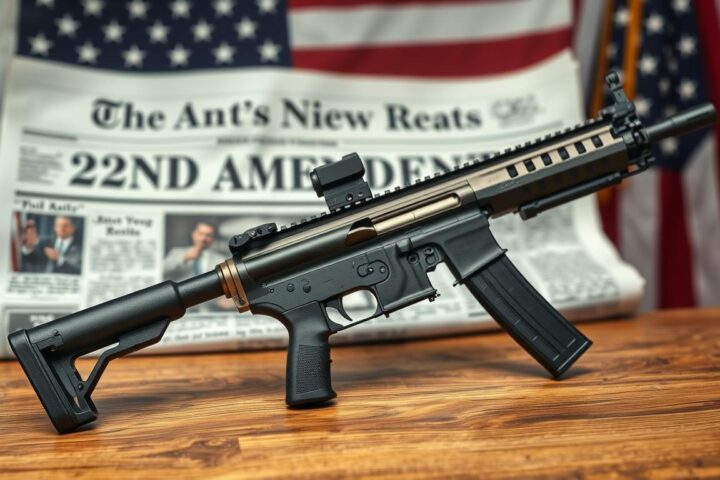
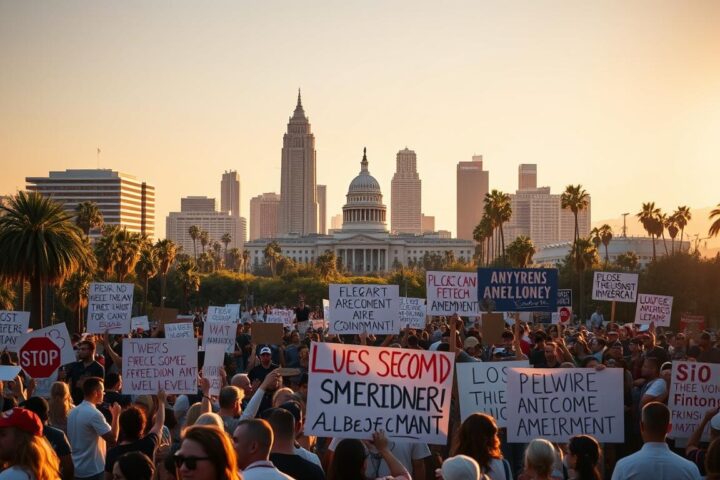

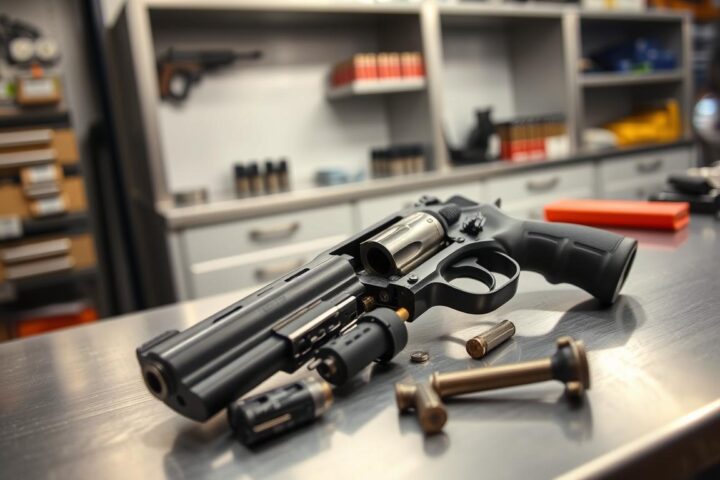


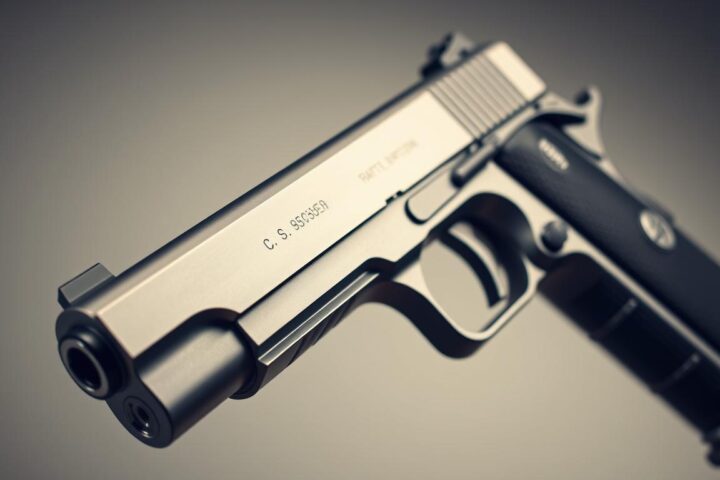

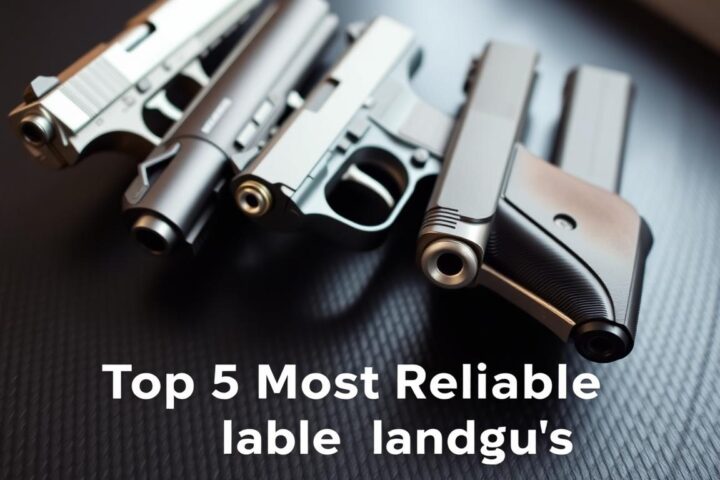
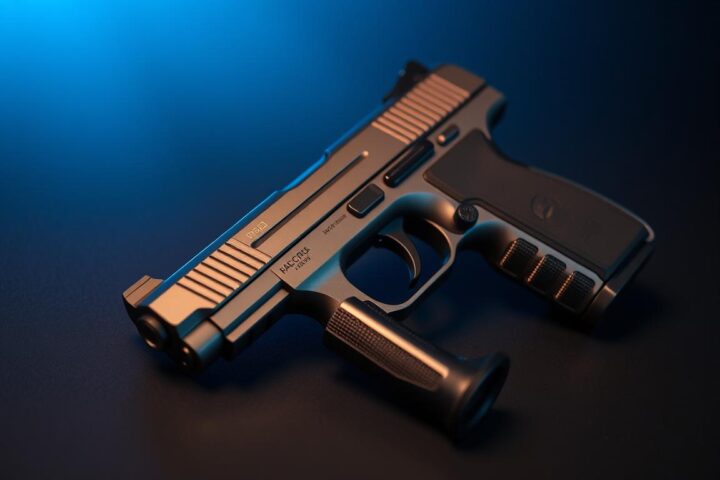
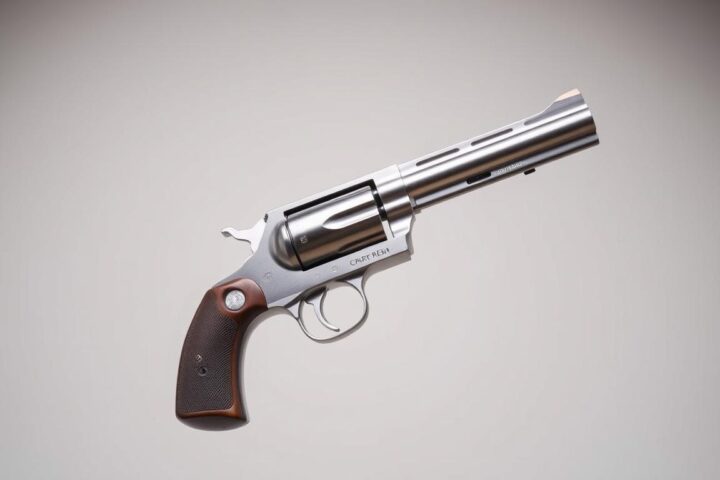
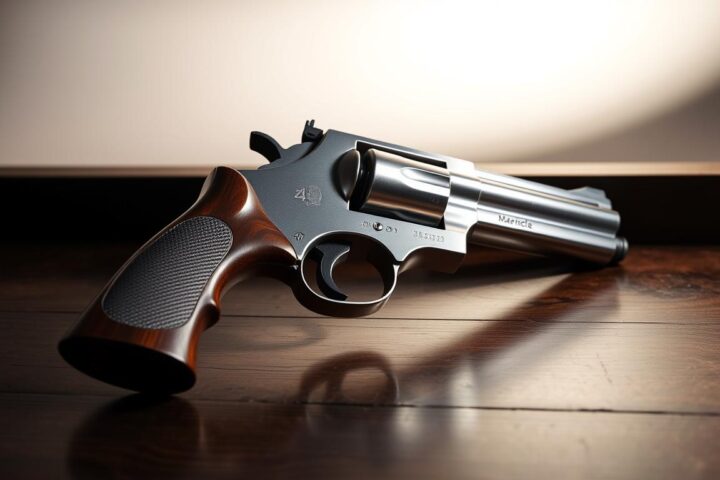
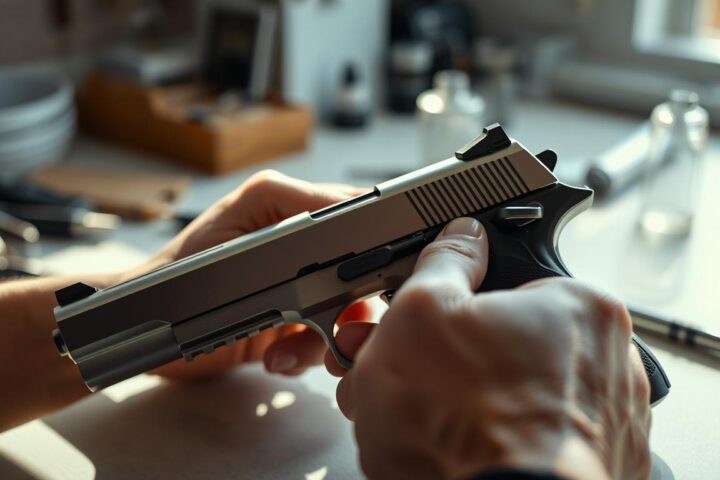

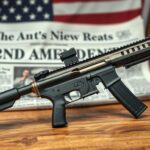
Really excellent info can be found on weblog. “I can think of nothing less pleasurable than a life devoted to pleasure.” by John D. Rockefeller.